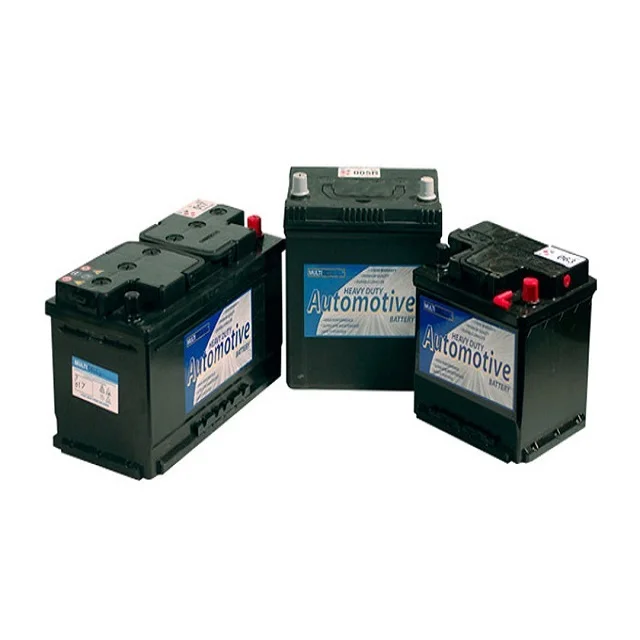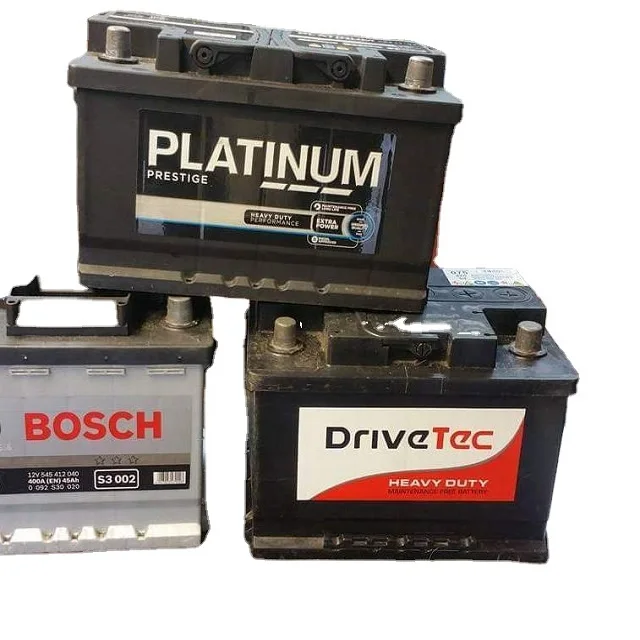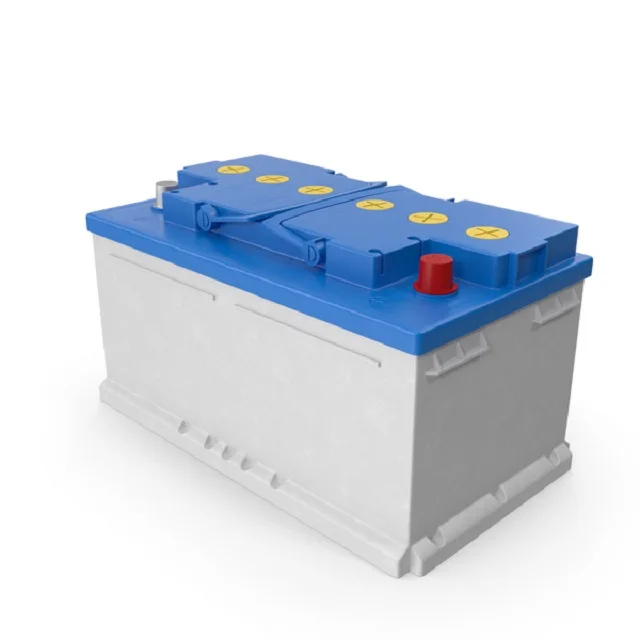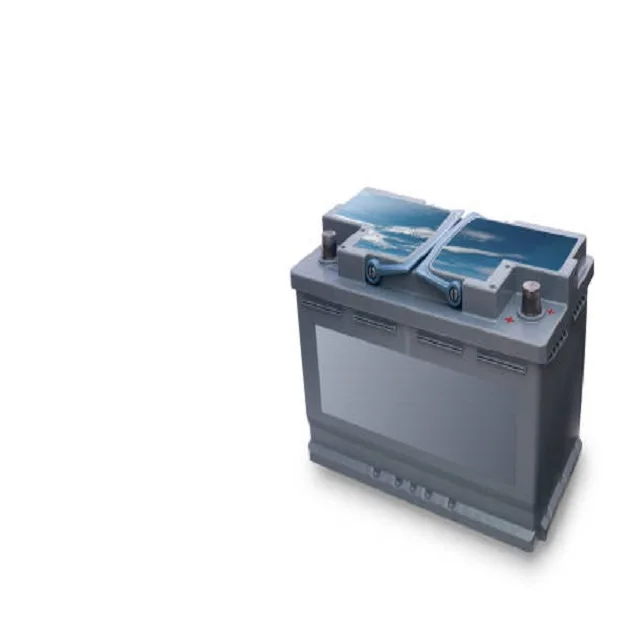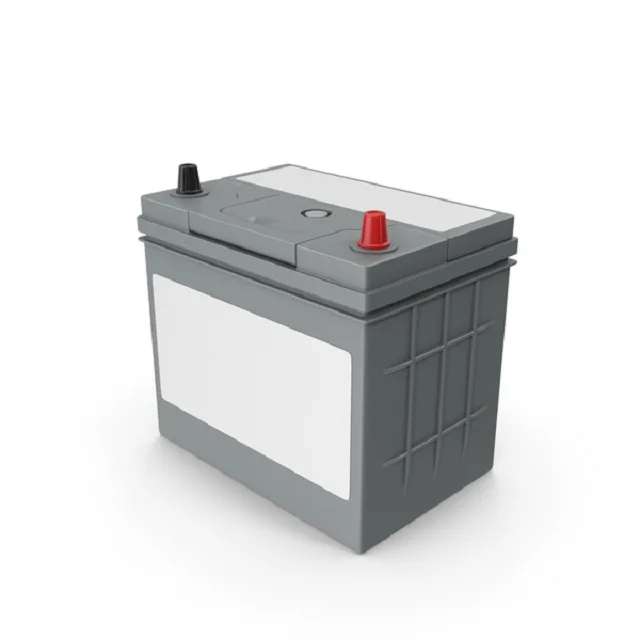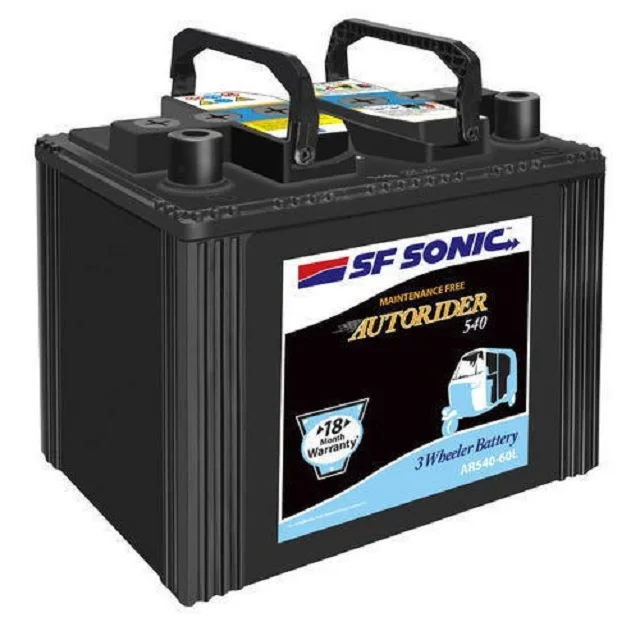Слиповая батарея металлолом использованный автомобильный лом
- Категория: Lead Scrap >>>
- Поставщик: ALBAT
Поделиться:
Описание и отзывы
Трекер стоимости
| Месяц | Минимальная цена | Макс. стоимость |
|---|---|---|
| Sep-17-2025 | 0.22 $* | 0.51 $* |
| Aug-17-2025 | 0.83 $* | 0.3 $* |
| Jul-17-2025 | 0.65 $* | 0.67 $* |
| Jun-17-2025 | 0.6 $* | 0.34 $* |
| May-17-2025 | 0.3 $* | 0.38 $* |
| Apr-17-2025 | 0.43 $* | 0.21 $* |
| Mar-17-2025 | 0.37 $* | 0.58 $* |
| Feb-17-2025 | 0.46 $* | 0.62 $* |
| Jan-17-2025 | 0.2 $* | 0.46 $* |
Характеристики
Lead-Acid Battery Scrap:
Lead-acid battery scrap refers to the discarded or recycled components of lead-acid batteries, which are commonly used in vehicles, UPS systems, and other applications. These batteries contain lead and acid, making proper recycling and disposal important for environmental and safety reasons.
Here's a small raw chart highlighting some key aspects of lead-acid battery scrap:
| Aspect | Lead-Acid Battery Scrap |
|---|---|
| Composition | Contains lead plates, acid, and other |
| materials | |
| Recycling Process | Batteries are dismantled, and components |
| are separated for recycling | |
| Environmental | Proper recycling prevents lead and acid |
| Impact | leakage into the environment, reducing |
| pollution risks | |
| Resource Recovery | Lead and other valuable materials, such as |
| plastic and electrolyte, can be recovered | |
| Safety | Battery recycling should follow proper |
| safety measures to avoid exposure to | |
| lead and acid | |
| Regulatory Compliance | Recycling must comply with local |
| regulations and guidelines |
Lead-acid battery scrap consists of various components, including lead plates, acid, and other materials. These batteries are recycled to recover valuable resources and prevent environmental pollution.
The recycling process for lead-acid battery scrap involves dismantling the batteries and separating their components. Lead plates are typically melted down to extract the lead, which can be reused for manufacturing new batteries or other lead-based products. The acid is neutralized or treated to prevent pollution, and other materials such as plastic and electrolyte can also be recycled or properly disposed of.
Proper recycling of lead-acid battery scrap is essential to minimize environmental impact. It prevents lead and acid leakage, reducing the risk of soil and water contamination. By recovering valuable resources, recycling also helps conserve natural resources and reduces the need for new raw materials.
Safety is a critical consideration in the recycling process. Lead and acid can be hazardous if mishandled, so proper safety measures should be followed to protect workers and avoid environmental contamination.
Recycling lead-acid battery scrap must comply with local regulations and guidelines to ensure proper handling, storage, and disposal of hazardous materials. Regulatory compliance is essential for maintaining environmental and safety standards.
In summary, lead-acid battery scrap consists of discarded or recycled components of lead-acid batteries. Recycling these batteries allows for the recovery of valuable resources, such as lead and plastic, while preventing environmental pollution. Safety and regulatory compliance are important in the recycling process to protect workers and the environment.









